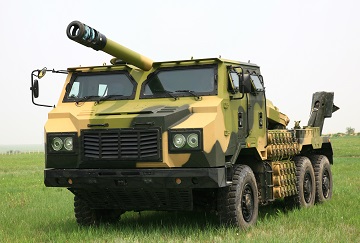|
|
||||||||
| Default Latest Most Read | ||||||||
|
Please wait a minute...
|
||||||||



Responsible Institution: China Association for Science and Technology
Sponsor: China Ordnance Society
ISSN 1000-1093 CN 11-2176/TJ
Sponsor: China Ordnance Society
ISSN 1000-1093 CN 11-2176/TJ


